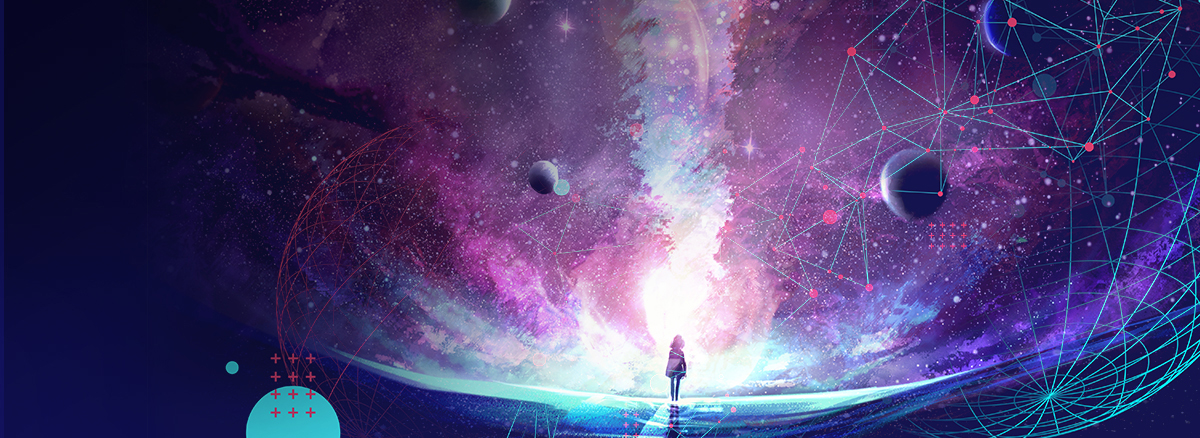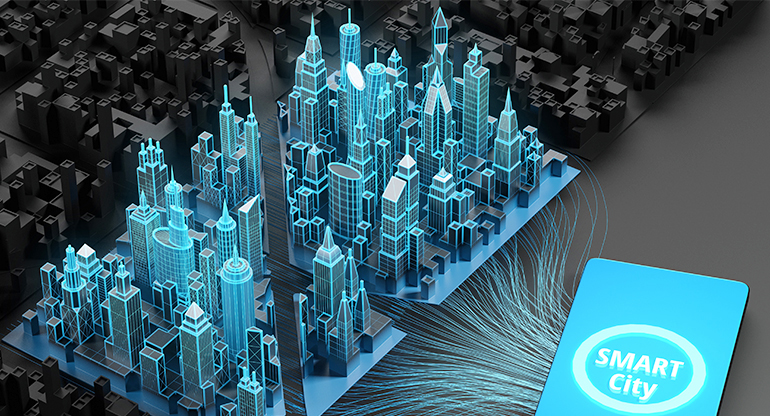
Space Domination = Collaboration + Integration + Digital Transformation
Adopting new ideas and new partners
Beth Fischer is a director for program management and business development for SAIC's civil space accounts in the company's National Security and Space Sector. She supports NASA's human spaceflight programs and other federal agency contract pursuits.
Before joining SAIC in 2018, Fischer was business development manager for Vectrus Systems and before that was vice president of operations for Intuitive Machines and program manager for Honeywell Technology Solutions.
Prior to transitioning to industry, Fischer served at NASA's Johnson Space Center in positions that included associate director of engineering, deputy director of center operations and systems engineer for the International Space Station.
Fischer holds a Bachelor of Science in industrial engineering from Kettering Univ. and a Master of Science in engineering management from the Univ. of Central Florida.
Space is big, and that size conjures images of isolation and solitude. Success in space ironically demands the opposite. To prosper in the space domain, especially as part of all-domain operations, organizations must aggressivlely adopt stances of collaboration and integration. The melding of capabilities within the space domain requires innovation across all components and emerging technologies that lead to digital transformation. So let’s explore collaboration, integration, digital transformation, and space domination.
Digital transformation and the continuing expansion of the space-to-ground network fuel the need for a culture of innovation, agility, and adaptability. As access to commercial technologies increases, it is imperative that our agencies and organizations rethink what they already know and are comfortable with, reevaluate their methodologies, and begin adopting these emerging technologies to stay ahead of change, retain and recruit the best talent, and remain competitive.
Collaboration fuels a broad innovative community
It is essential to shift to a “together is better” mindset and collaborate across all technology and organizational domains to create a seamless and connected innovation ecosystem to improve our interaction and data sharing. High-quality collaboration paired with a strong focus on modernizing our infrastructures and tools to improve our delivery of capabilities will help attain speedy and successful space and all-domain mission outcomes.
At SAIC, we are systems integrators and, by definition, bring communities together to deliver capabilities and customer-centered values and outcomes. We believe in promoting experimentation while we develop and refine our capabilities through integration with teammates and innovators in the community from academia, startups, startup accelerators (e.g. Techstars Startburst), and others.
In creating this broader context of how we do business, we not only leverage academia and government relationships and expertise, but we also infuse startup community best practices into the production and delivery of our capabilities.
It’s about thinking outside of our SAIC toolbox and supporting and investing in these communities that are behaving in the ways we want to replicate in order to establish and expand this innovation ecosystem stakeholder model.
This collaboration is very important in creating and maintaining a culture of relentless innovation. Learning to effectively utilize emerging technologies and make them relevant to the work we are doing is very important in accelerating our capabilities to support our customers.

Integration creates novel digital transformation capabilities
The desired outcome is to have our technologies and organizations so tightly integrated that we work like a smart city/center/space station/world — where we are truly collaborating and delivering the accelerated deployment of capabilities. We are currently working on accelerating our space capabilities, including artificial intelligence/machine learning, big data and cloud, automation, and 5G and Internet of Things (IoT) (for smart space stations and constellations). These are all the technologies that are driving digital transformation, and we have been researching and prototyping technologies and solutions to extend our vision of the power of these technologies not only on the ground but also in space, through our satellites and space stations, to improve service delivery.
DevSecOps underpins these technologies, by integrating methodologies to make our work more fluid and productive and accelerate delivery of these digital services.
DevSecOps (and eventually AISecOps – artificial intelligence applied to DevSecOps) is fundamentally the culture/process/methodology/technology that we need to adopt in our organizations and between organizations/stakeholders to accelerate the pace of innovation. This applies to every domain and especially the space domain. In order for the space innovation ecosystem stakeholder model to be successful, we need to break down silos and collaborate relentlessly to ensure that we are building technologies and capabilities that are aligned with where we want to be in space.
With these technologies and methodologies, we are creating shared environments, automating workflows and processes, and developing cross-domain, functional teams that work together. Having our domain experts, scientists, data scientists, and IT and infrastructure providers working and innovating in a more agile and collaborative way, we can bring that speed to everything that we build and deliver to space organizations.
In the space domain, security threats and large volumes of data are on the increase. So infusing that security upfront and having an advanced service delivery framework of technologies to develop analysis-ready data are crucial in ensuring that service delivery speed occurs safely and effectively.
Digital transformation and space domination
In order to explore the moon, Mars, and the universe beyond, an organization must be at the forefront of digital transformation and the adoption of new technologies.
When we think about problems and how to solve them, how can we look at all the data collections and technologies that we are bringing together to work effectively so the users can leverage and use the data? Data-enabled insights and data-driven decision-making through efficient, real-time, and appropriate data discovery, sharing, integration, and secure access is fundamental to our solutions.
A vision of the future includes enterprise data architecture, integrated applications, and autonomous systems (satellites, IoT of space, etc.) that allow people to integrate with everything and gain intimate understanding of surroundings to inform and effect decisions in real time. Ultimately this can enable human expansion across the solar system mission after mission and reveal the unknown for the benefit of humankind.




